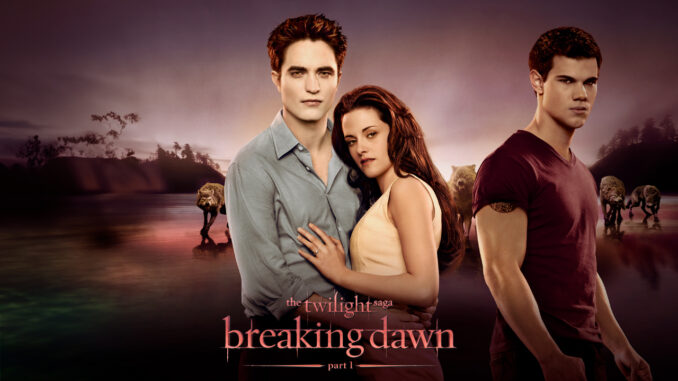
The velvet darkness of the cinema wasn’t just a backdrop for the screen; on this particular night, it was a chrysalis, a temporary womb for a loyal legion. Outside, dusk was bleeding into night, a familiar descent. Inside, for the devotees gathered, it was the opening curtain on an epic journey: a “Twilight marathon,” a twelve-hour, dusk-to-dawn odyssey through the shimmering, conflicted world of vampires, werewolves, and a human girl named Bella. This wasn’t merely a movie screening; it was a pilgrimage, an endurance test, and a fervent celebration of a saga that had imprinted itself on a generation.
The initial hours were a riot of kinetic energy. The lobby buzzed with a tangible hum of anticipation, a mixture of giddy excitement and the nervous energy of those embarking on a long voyage. Fans, many clad in “Team Edward” or “Team Jacob” shirts, or even subtle homages like worn plaid and chunky rings, clutched oversized buckets of popcorn and absurdly large sodas. Laughter peeled, inside jokes were murmured, and the air was thick with the scent of stale concessions and burgeoning camaraderie. As the lights finally dimmed for “Twilight,” a collective sigh, almost reverent, swept through the hall. Cheers erupted at the first glimpse of Forks’ perpetually overcast skies, at the first awkward introduction, at the first spark of undeniable, dangerous attraction. This was their shared mythology, unfolding once again, live and communal.
As the films progressed, the cinema transformed. It became less a public space and more a private sanctuary. Gasps at pivotal moments were synchronized, groans of frustration at Bella’s perceived clumsiness were echoed across rows, and the collective sighs for Edward’s tortured gaze were almost a ritualistic offering. By “New Moon” and “Eclipse,” the initial frantic energy had settled into a steady, rhythmic hum of engagement. Heads were tilted, eyes unblinking, tracking every nuanced flicker of emotion on screen. The outside world, with its responsibilities and mundane realities, had ceased to exist. Here, under the hypnotic glow of the projector, only Forks mattered. Only the Cullens, the La Push pack, and the impending sense of destiny held sway.
But as the clock crept past midnight and into the early hours, the “celebration” began to morph into “endurance.” The sticky carpet underfoot, once barely noticed, now became a testament to countless spilled drinks and dropped snacks. The plush seats, initially comfortable, began their slow, insidious assault on the spine. Yawning became less about boredom and more about the primal scream of a body deprived of sleep. Faces, once bright with unadulterated zeal, began to show the tell-tale signs of fatigue: shadows under eyes, a faint slump in posture, the occasional surreptitious stretch in the aisles. Whispers replaced excited chatter, and strategic bathroom breaks became less about needing to go and more about a desperate quest for circulation. Yet, even in this shared fatigue, a different kind of bond formed. An unspoken understanding passed between strangers: “We are in this together. We will see this through.”
Then came “Breaking Dawn – Part 1” and “Part 2,” ushering in the final, climactic hours. A strange, renewed energy rippled through the weary crowd. Perhaps it was the knowledge of the impending end, or the sheer adrenaline of the saga’s dramatic conclusion. As Bella’s transformation unfolded and the final, epic showdown at the clearing commenced, the cinema once again erupted. Cheers for Victoria’s demise, gasps for the seemingly insurmountable odds, and a collective, emotional release as the illusions dissolved and the true happy ending emerged. And as the final credits rolled, and the last, iconic “Twilight” logo shimmered and faded, something extraordinary happened.
Outside, the first pale fingers of dawn were sketching the horizon, painting the sky in hues of rose and lavender. Inside, the house lights clicked on, momentarily blinding the audience. Faces, tired and creased, were also alight with a profound sense of accomplishment. Twelve hours. Five films. A journey from dusk to dawn, from anticipation to utter exhaustion, and finally, to shared triumph. They emerged blinking, like creatures from a dream, into a world that felt both familiar and strangely alien. Their clothes were rumpled, their voices hoarse, but in their eyes shone the quiet satisfaction of a sacred ritual completed. The “Twilight marathon” wasn’t just a test of endurance; it was a powerful illustration of fandom as devotion, community as resilience, and the enduring magic of stories to bind people together, even through the longest, darkest, most glitter-infused night.
